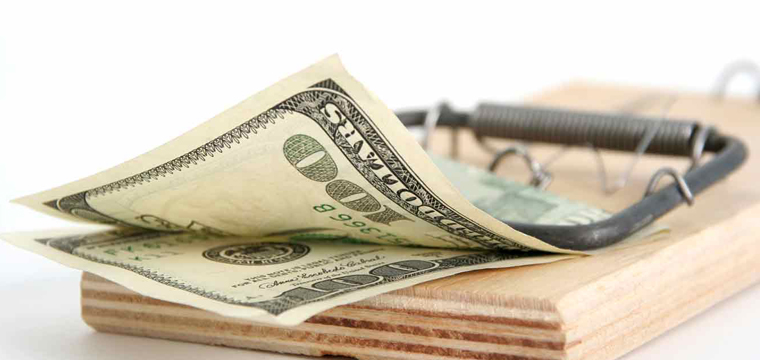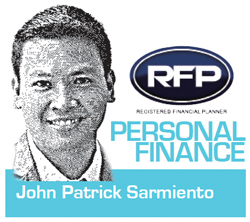Debt threat
Have a mind-set of avoiding, minimizing and eliminating the threat of going into debt.

A brand-new car, a brand-new smartphone or another brand-new toy to brag about? An upgraded house, an upgraded gadget or an upgraded lifestyle, but still living with the same financial mind-set resulting into the same amount of savings, if there is even one. A number of the Filipino working class today are still stuck in the same old cycle; the cycle of spending beyond their means and going into debt just to be able to purchase things they don’t really need. Stuff that make them seem rich, but in reality, stuck in unnecessary debt, which can make them poor in the long run.
Some people tend to take a shortcut into fulfilling their goals by borrowing but, in reality, taking a longer path, a financial detour that will impact their finances in the future.
Let me dig deeper into a couple of scenarios, a lady with a credit card who pays the minimum fee every month and a gentleman who is about to buy a first brand-new car through financing. A lady who has a P15,000 debt in a credit card chooses to pay the minimum monthly fee of around P500. Credit cards usually issued nowadays have a 3.5-percent monthly interest fee, unless you are able to obtain a premier card, which charges a bit lower, but has high annual fees or requires you to spend a lot on average. At 3.5-percent interest fee, a P15,000 debt unpaid on due date will incur a total interest fee of P525. However, this person still chooses to pay the minimum monthly fee of P500 for the next 12 months. Assuming no further purchases were made, a year of paying this amount translates to a total payment of P6,000, but the debt amount almost remained the same. In fact, it even increased slightly to P15,329. In a year a total of P6,000 was lost, an amount wherein it could’ve earned interest that could’ve worked for her, but instead went away to pay such fees. Who slept and got richer by P6,000? Who is working hard, but still in debt?
Now let’s look at the gentleman who is about to make a down payment of P140,000 for a car worth P700,000. Along with this down payment, a financing scheme is to be agreed upon, wherein the remaining P560,000 will be paid in five years with a monthly amortization of P11,879 at almost 10-percent interest rate. Doing a quick math, he is going to pay a total of P712,744 in five years’ time, a difference or an interest loss of P152,744 from the financed amount. For some, this is still acceptable, as long as they can have that brand-new car and give in to that itch; however, looking at the bigger picture, the ownership of the car is only transferred once the loan amount has been paid in full. That is after five years of payment, and the actual value of the car has depreciated to around half the price he bought it. Total payments made in five years is a whopping P852,744 (down payment + amortization), while the market value of the car depreciates to around P350,000. With these numbers, total value lost in five years is a whopping P502,744. One would wonder why some still call it an investment, wherein they end up losing money in the long run unless, of course, you would use it for a business that earns more than the interest rate you are paying. Has he also considered all the costs of having a car, such as maintenance costs, gas, toll fees, registration and parking fees? What happens if an unexpected scenario occurs, an emergency which requires a significant amount? What if he doesn’t have an emergency fund? Should he go further into debt for it or let go some of his assets?
Planning to take up different types of loans for stuff that you don’t really need? Think again, it’s about time to start managing debt, or else debt will manage you. Keep in mind that if you can’t afford it yet, then don’t buy it. Have a mind-set of avoiding, minimizing and eliminating the threat of going into debt. Rewarding one’s self is just fine if it is within your budget, but if it is not, practice a bit of sacrifice and delayed gratification. Earl Wilson once said that you can classify people in three kinds, “the haves, the have-nots and have-not-paid-for-what-they-have.” Which kind are you?
 John Patrick Sarmiento is a registered financial planner of RFP Philippines. He is a Oracle E-Business suite support analyst at Macquarie Offshore Services Pty Ltd.
John Patrick Sarmiento is a registered financial planner of RFP Philippines. He is a Oracle E-Business suite support analyst at Macquarie Offshore Services Pty Ltd.
Source: http://www.businessmirror.com.ph/debt-threat/
Comments
3,004 total views, 1 views today












Social